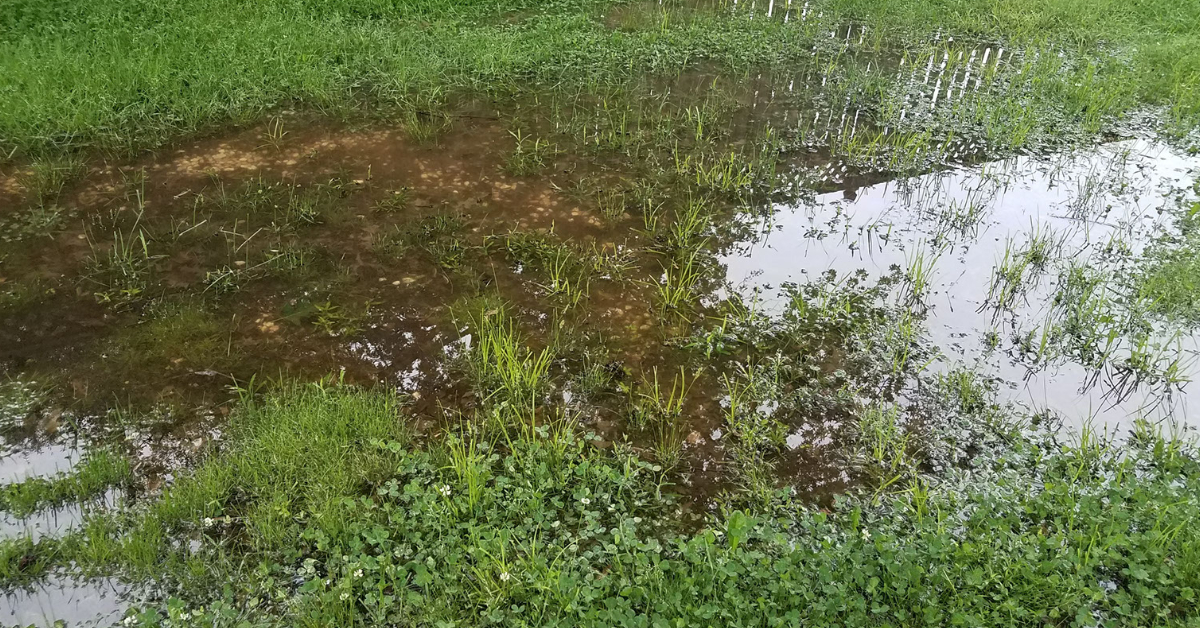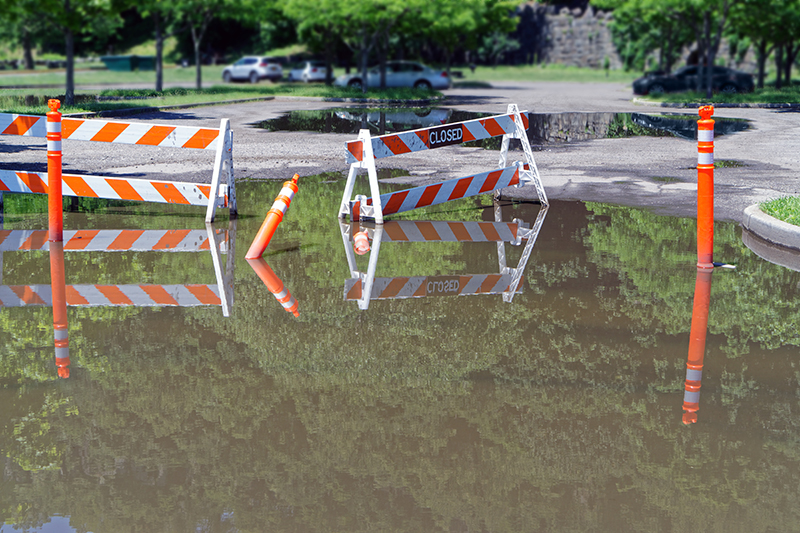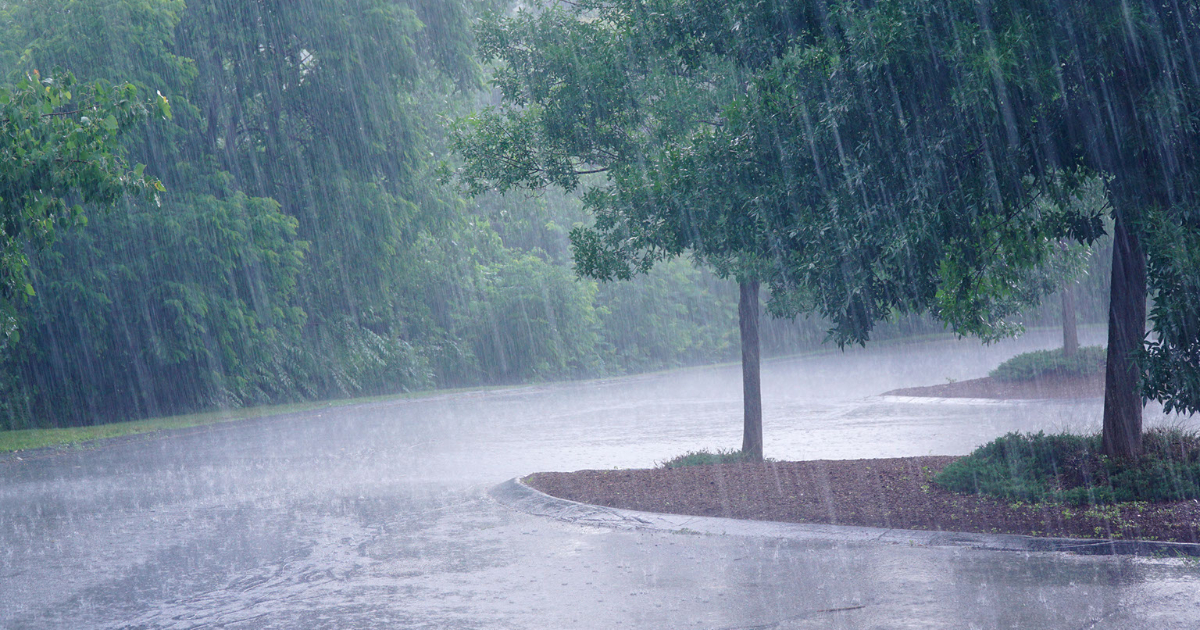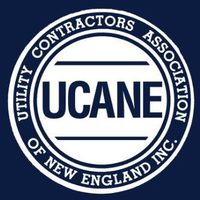
If you own a commercial or industrial property, and or operate a commercial or industrial business, than you should know what a stormceptor is, how it works, and the importance of having your stormceptor maintained on a regular basis. Otherwise, you may very well be polluting the local waterways without even realizing it. If that happens to occur, than you are liable for the damage that the pollution causes, and that is certainly not a price that any landowner or business owner would ever want to pay.
Depending on the severity of the situation, it can cost upwards of tens of thousands of dollars, if not more, and potentially ruin your reputation. Let alone that you will have to live with the fact that you are part of the pollution problem instead of being part of the pollution solution.
What Is A Stormceptor?
A stormceptor is a hydrodynamic separator the offers a range of versatile treatment systems in order to effectively remove pollutants from stormwater and snowmelt runoff. In essence, stormceptors are designed to protect waterways from hazardous material spills, and stormwater pollution. This includes suspended sediment, free oils, and other pollutants that attach to particles. The technology helps to ensure that these pollutants are both captured and contained during all rainfall events and snowmelt runoff situations.
How Does A Stormceptor Work?
The principal of how a stormceptor works is fairly simple. Stormwater and snowmelt runoff enters into the stormceptor through an inlet pipe or inlet grate. A specially engineered insert slows down the water flow, and directs the water to a lower chamber. The chamber allows debris and free oils to rise, and sediment to settle. The free oils and other floatables remain trapped. The sediment settles, lies dormant, and is stored for later removal. The treated stormwater and snowmelt runoff exits the stormceptor through the outlet pipe.
The bottom line is that the stormceptor captures and contains pollutants during all rainfall and snowmelt runoff events, and prevents them from entering into the ecosystem. This holds true even during the most extreme storms. However, if you fail to have your stormceptor cleaned and maintained on a regular basis, it will fail to work as intended.
Stormceptor Inspection And Maintenance
Both inspection and maintenance is essential to the long-term performance of any stormwater treatment device, and this certainly holds true with your stormceptor. The good news is that while regular stormceptor maintenance is critical, it is not complicated or overly expensive when performed by an experienced stormceptor maintenance specialist. In fact, the inspection and maintenance is initially conducted at the grade or ground level. That means your stormceptors design provides easy access for the maintenance technician.
When your stormceptor is properly maintained it will function as intended, providing full pollutant capture capacity. Your stormceptor should be inspected and maintained on a yearly basis, and perhaps sooner depending on local requirements. In addition, you should always have your stormceptor inspected and maintained immediately after a chemical spill, fuel spill, or oil spill. If you are in the process of having a stormceptor installed, it should be inspected post construction, before being put into service.
The new stormceptor should also be inspected every 6 months for the first year in order to determine the sediment and oil accumulation rate. Stormceptor maintenance is performed in a quick manner with a standard vacuum truck. Since your stormceptor has no moving parts, the service is performed quickly at the street level.
If you have any questions about having your stormceptor professional inspected and maintained, or would like to schedule service we are happy to help. Jolin Paving & Excavating, Inc. is your New England connection for a vast variety of environmentally related services. Our company has been serving Boston Massachusetts, Southern NH, VT & ME as well as Northern CT & RI since 1952. Please Contact us to learn more today.
continue reading






